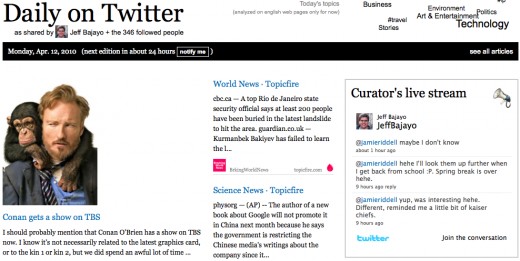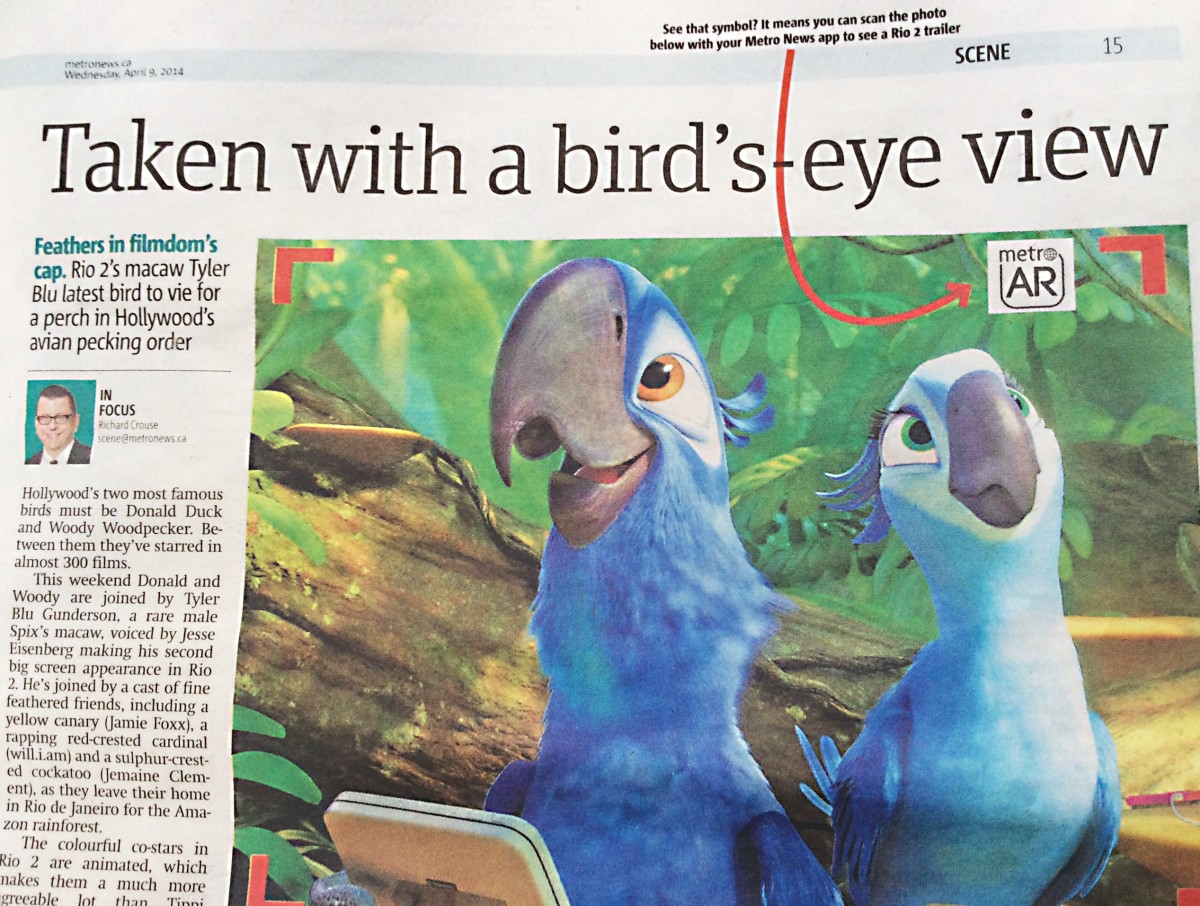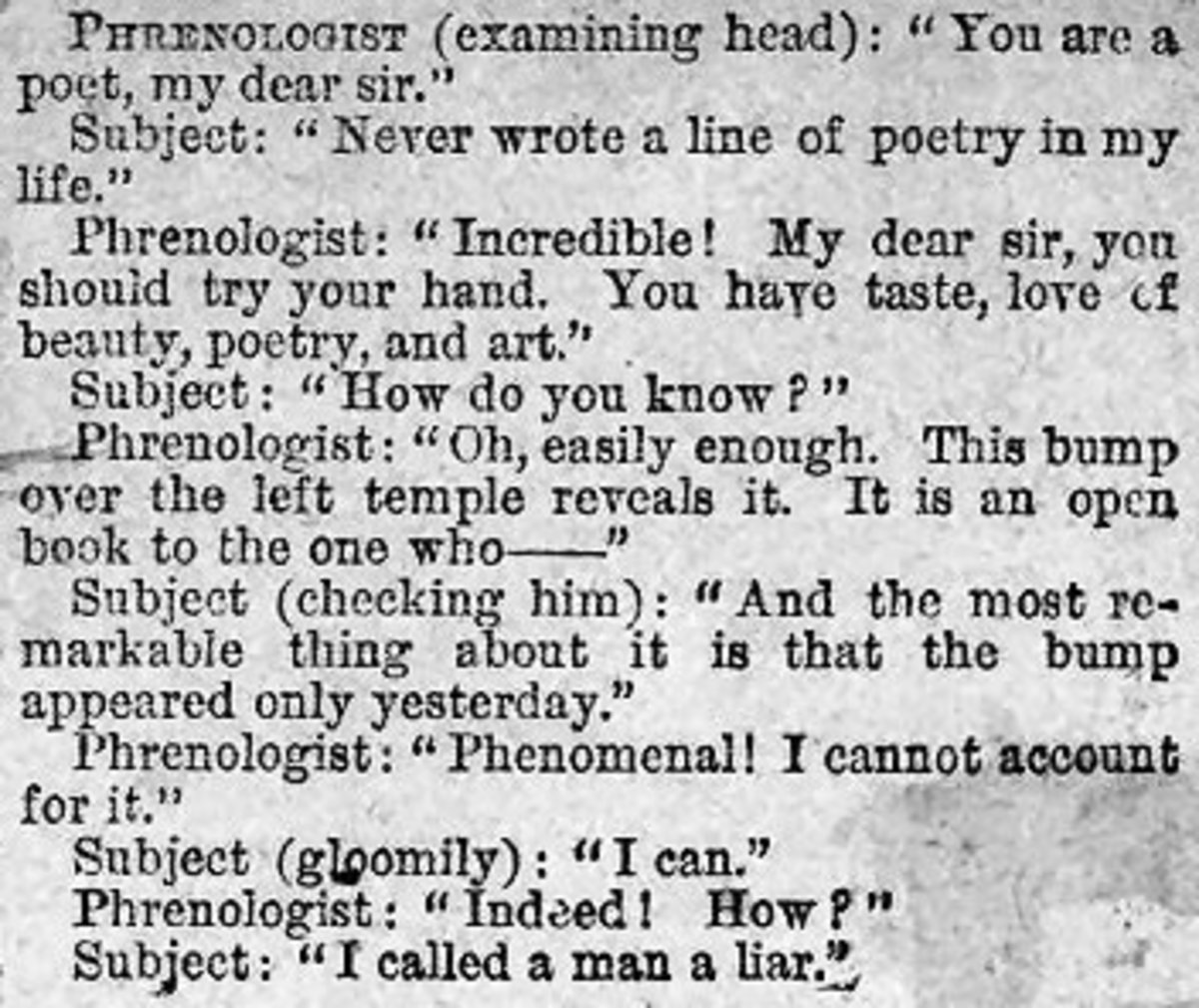- HubPages»
- Technology»
- Internet & the Web»
- Social Networking
Guide to Understanding Twitter Newspapers

If you are active on Twitter then you may have seen posts from people that say something like: “Today’s Daily Is Out. Top Stories By @me @you and @johndoe.” This is followed by a URL that links to a Twitter newspaper, an online newspaper that is updated every twenty four hours based on information provided by Twitter. Even if you’ve seen these Twitter newspapers, it’s likely that you don’t “get” them. A lot of people just aren’t sure what these Twitter newspapers are all about and why they sometimes have stories featured on them even when they didn’t know that they would. This guide explains the Twitter newspaper.
Twitter Newspapers Curate News
In short, a Twitter newspaper collects news and information from Twitter and then curates it, organizing it into a neat looking display. The feeds from Twitter (I’ll explain how they are collected in a minute) all come together through this curate tool and are laid out in an easy-to-read manner that looks a lot like an online newspaper. The newspaper has standard categories (like Travel) as well as categories related to recent Twitter hashtags (like #adventuretravel). It provides a way of looking at all of those links that you see on Twitter in a more organized and easy-to-read fashion.
Twitter Newspapers Are Not Collections of Tweets
It is important to clear up a point of confusion that some people don’t understand about Twitter newspapers. As I stated in the last sentence of the above section, Twitter newspapers organize the links that are shared on Twitter. They do not organize actual Tweets. This is not a way to lay out the Tweets that you receive. You could do that using a Twitter Client. This is a way to see the stories that people are sharing on Twitter based on the links that they have submitted to the site.
Where Do Twitter Newspapers Get Their News
Obviously, the Twitter newspaper gets its news from Twitter. But how exactly does a paper come up with the stories that will be included in each edition of the news? Well, that depends on the information that is entered into the Twitter newspaper system by the person who decided to create a daily paper. Some of the options that you could select if you were creating your own Twitter newspaper include:
o News from all of your Twitter followers. If you select this option then the Twitter newspaper will look at all of the people that you follow on Twitter. It will take the links that each of those people has shared during the twenty four hour period for the paper and create the newspaper using those links. So, this is a paper depicting the links that are shared by the people that you follow on Twitter.
o News based on a Twitter @list. People create lists on Twitter so that they can organize all of their Tweets. For example, I do have a list of people who crochet and who share crochet news. The list is @CrochetBlogger/crochet. I could create a Twitter newspaper that curated the links from the people who Tweet that are on this list. This is different from the first option because it follows only those people added to a specific list and not every single person that you follow.
o News based on a Twitter hashtag. You enter the tag that you want to follow. For example, I have a crochet blog so I recently created a Twitter newspaper about crochet by using the #crochet hashtag to create this paper. What this does is gathers information from all around Twitter that has this hashtag attached to it and uses the links in those Tweets to create the newspaper. This information doesn’t come specifically from people that you follow on Twitter but rather from the entire Twitterverse.
o News about a specific topic. A lot of people blog about a topic but don’t include the hashtag to let other people know that they’re Tweeting about it. For example, people don’t always add #crochet to their posts about crochet. You don’t have to use hashtags when creating a Twitter newspaper. You can create a paper based on specific keywords that are not hashtags. However, if your topic uses hashtags a lot then it’s better to use the hashtag option because the keyword option turns up more links that are irrelevant.
o News from specific people on Twitter. You can actually choose to enter the @names of the specific people that you want to include as contributors to your paper. The Twitter newspaper will curate the links from these people into a daily paper.
Where on Twitter do I do this?
You don’t. You cannot create a Twitter newspaper on Twitter. You have to go to a third party site and log into it with your Twitter account information in order to create the Twitter newspaper. The site that I have used for creating Twitter newspapers is paper.li. Another one that I know of is Twitter Tim.es. Note that it’s free to create a Twitter newspaper on these sites.
What is the point of a Twitter newspaper?
A Twitter newspaper can be a great way to aggregate all of the information that your friends on Twitter are posting. You probably don’t have time to look at all of the links that people are sharing. The Twitter paper shows you an expanded version of the links that are shared most frequently, giving you access to the Twitter links that you are most likely to be interested in. The main reason that I use it is because it allows me to organize different information from my Twitter account into something more digestible. Other reasons to use Twitter newspapers include:
o It helps you find stories that are related to your interests without requiring you to follow specific people on Twitter (by creating papers based on hashtags). This is a good way to get an overview of almost any topic being talked about in real time.
o It allows you to recognize the people who are sharing lots of links with you on Twitter. Once your paper is done, you can Tweet it to your Twitter followers. It will show up with @mentions for three of the people who contributed links. Note that if you ever receive an @mention like this it means that someone created a Twitter newspaper that has in it a link that you shared on your own Twitter account.
o It may serve as a way to market or brand yourself. If you create a really great Twitter newspaper and you share and promote it regularly then it can be yet another great thing that you contribute to the world of the web. You may even get known for it.
Twitter Newspapers are Only as Good as The Information You Feed Them
If you follow a lot of random people that share links about a diverse array of different unrelated topics and then you create a Twitter newspaper based on your entire set of Twitter followers then you’re going to have a chaotic Twitter newspaper. If you follow a lot of people who share spam links or you create a Twitter paper based on a hashtag with a lot of spam associated with it then you’ll have a Twitter newspaper that just looks like a bunch of spam. If you create a curated Twitter list with really great contributors who share relevant high-quality links on specific topics and create a Twitter newspaper that is based on this list then you’ll have a high quality topical newspaper.








